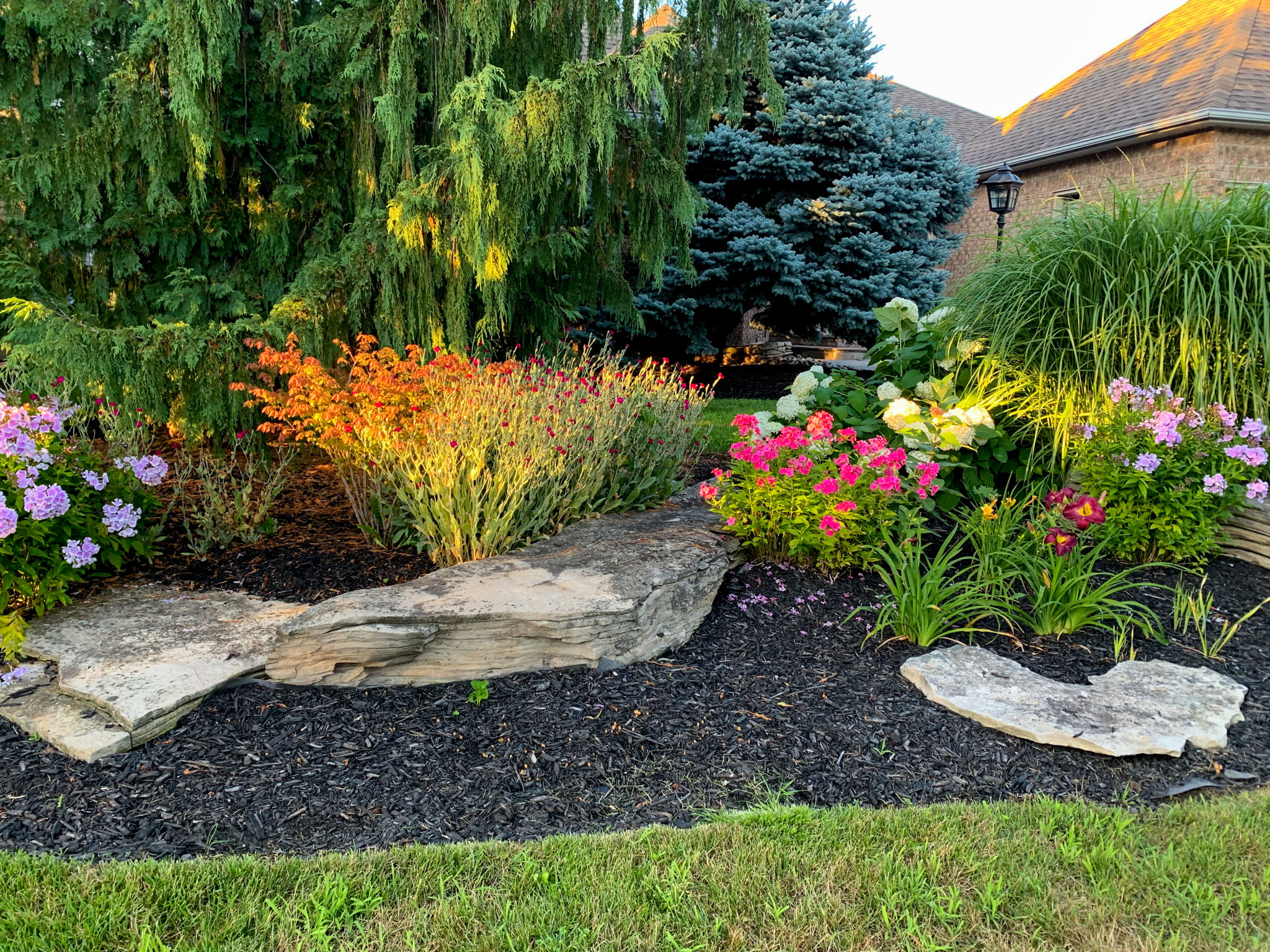Common Misconceptions About Bio-Swales: What Homeowners Need to Know
Understanding Bio-Swales
Bio-swales are becoming increasingly popular among environmentally conscious homeowners looking to manage stormwater runoff effectively and sustainably. These engineered features are designed to mimic natural landscapes, using vegetation and soil to filter, absorb, and slow down rainwater. However, despite their growing popularity, there are several misconceptions about bio-swales that might deter homeowners from considering this eco-friendly solution.

Misconception 1: Bio-Swales Are Just Ditches
A common misconception is that bio-swales are essentially just ditches. While both serve the purpose of directing water, bio-swales are much more sophisticated. They incorporate elements like specific plants and soil layers to enhance water quality and promote infiltration. This helps in reducing pollutants and recharging groundwater supplies, unlike traditional ditches.
Unlike ditches, which often focus solely on water movement, bio-swales actively engage in water treatment. Their vegetative layers trap sediments and pollutants, breaking them down before they can reach larger water bodies. This added environmental benefit distinguishes bio-swales from simple drainage solutions.
Misconception 2: Bio-Swales Are High Maintenance
Another myth is that bio-swales require extensive maintenance. In reality, once established, bio-swales are relatively low maintenance compared to traditional landscaping. Regular tasks include removing debris, checking for erosion, and occasional replanting if necessary. However, these tasks are manageable, especially when compared to the environmental benefits they offer.

Plants used in bio-swales are typically native species adapted to local conditions, which means they require minimal watering and care. Additionally, these plants help maintain the system's functionality by thriving in varying weather conditions and enhancing the aesthetic value of the property.
Misconception 3: Bio-Swales Are Unsightly
Some homeowners worry that bio-swales will detract from their property's visual appeal. On the contrary, a well-designed bio-swale can be a beautiful addition to any landscape. With a variety of plant options available, homeowners can choose plants that bloom in different seasons, ensuring year-round beauty.
The natural look of bio-swales can complement other landscaping features while providing a habitat for local wildlife. Birds and beneficial insects often find refuge in these areas, adding dynamic life and movement to the garden.

Misconception 4: Bio-Swales Are Ineffective in Heavy Rain
Many believe that bio-swales can't handle heavy rainfall. However, they are specifically designed to manage significant amounts of water through proper planning and engineering. The combination of soil infiltration and plant uptake allows them to effectively reduce runoff volumes even during intense storms.
The key is ensuring that a bio-swale is properly sized and constructed according to local rainfall patterns and soil conditions. With the right design, they can be an efficient tool for flood prevention while maintaining their environmental benefits.
The Benefits of Bio-Swales for Homeowners
For homeowners looking to make a positive environmental impact, installing a bio-swale provides numerous benefits. Not only do they help manage stormwater effectively, but they also enhance the biodiversity of your garden and contribute to the overall health of the ecosystem.
By busting these common misconceptions about bio-swales, homeowners can make informed decisions about incorporating this sustainable feature into their landscapes. With proper planning and design, bio-swales can be a valuable addition that combines functionality with natural beauty.
